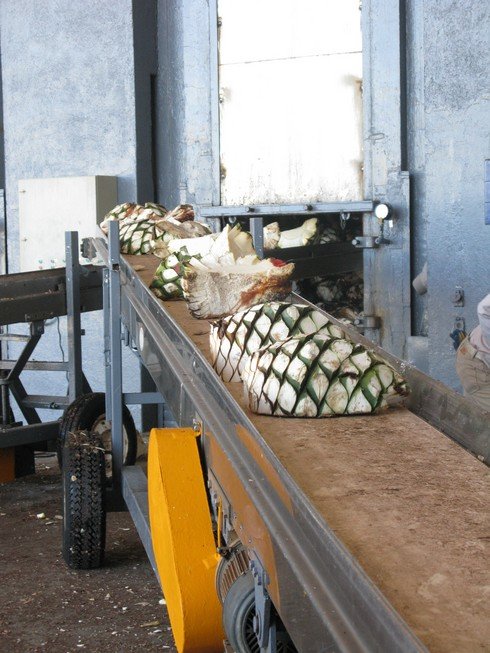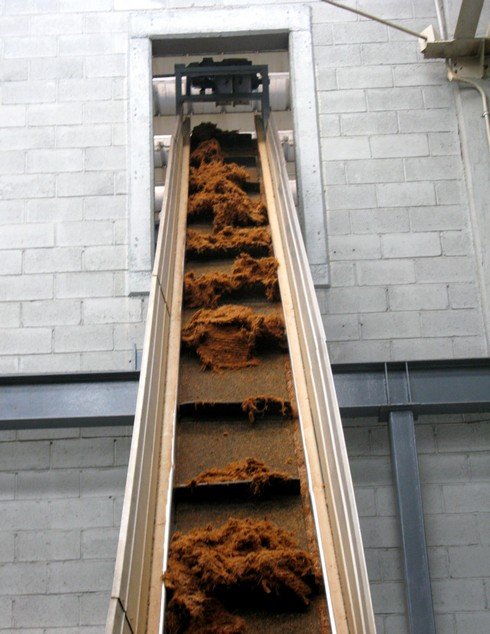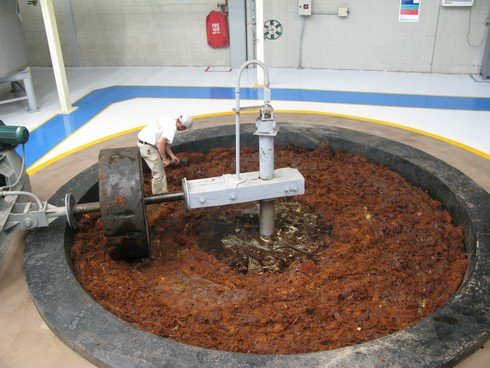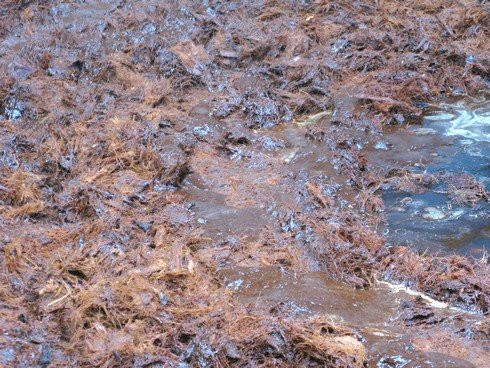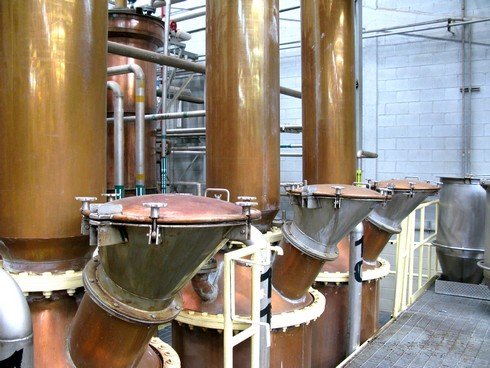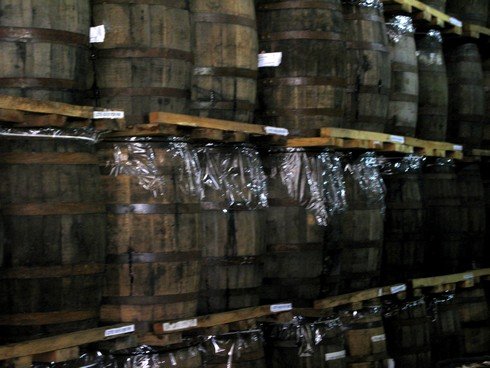In November I visited seven tequila distilleries in Mexico. Here are some pictures and notes from my visit to the Sauza distillery in the town of Tequila.
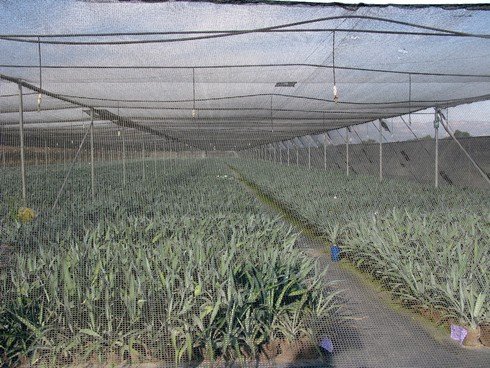
(First we visited the agave nursery. Sauza is unique in that they propagate their agave not by using baby plants but by… fancier scientific means.)
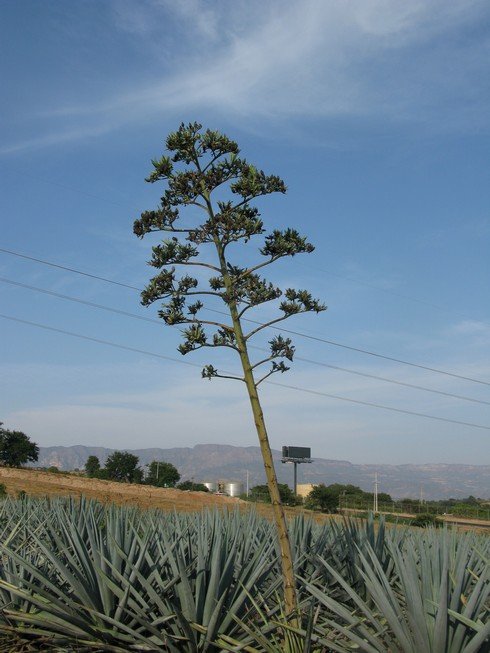
(This is what an agave looks like if allowed to propagate.)

(You can see close-up that instead of producing seeds, the mother plant produces little baby plants.)
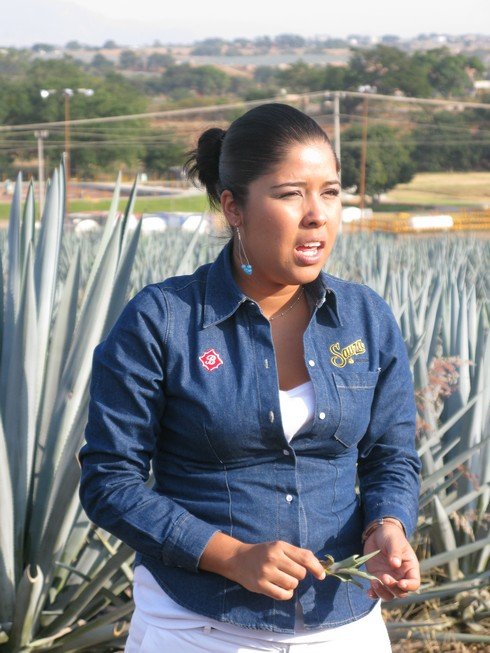
(We had a lecture about plant propagation.)
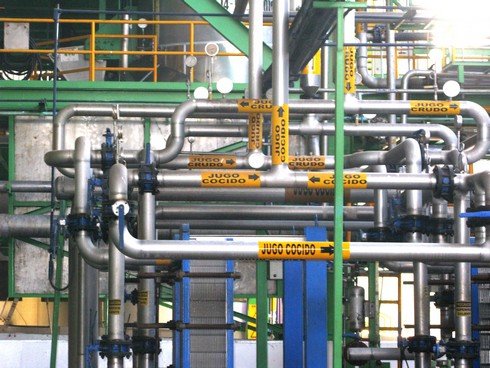
(I just like this picture from the distillery.)
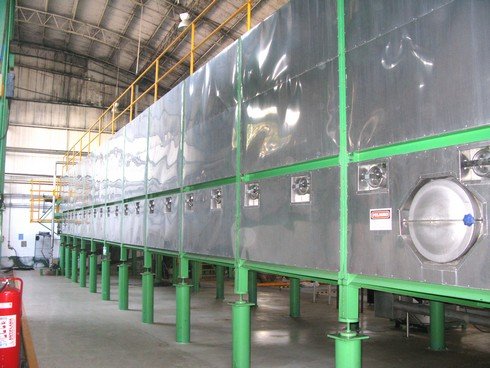
(This is the diffuser. Super clean at Sauza.)
- The blue color of agave comes from a wax on the plant. This wax covers the pores of the plant to protect it from drying out in the dry season.
- Unlike most tequila distilleries, at Sauza they shred agave and use the diffuser before they cook the agave juice in autoclaves.
- Then they only cook the juice for 3-4 hours.
- They ferment in covered fermentation tanks
- The first distillation is in a column still, second in a stainless steel pot still
- The Tres Generaciones line has a third distillation in a copper pot still
